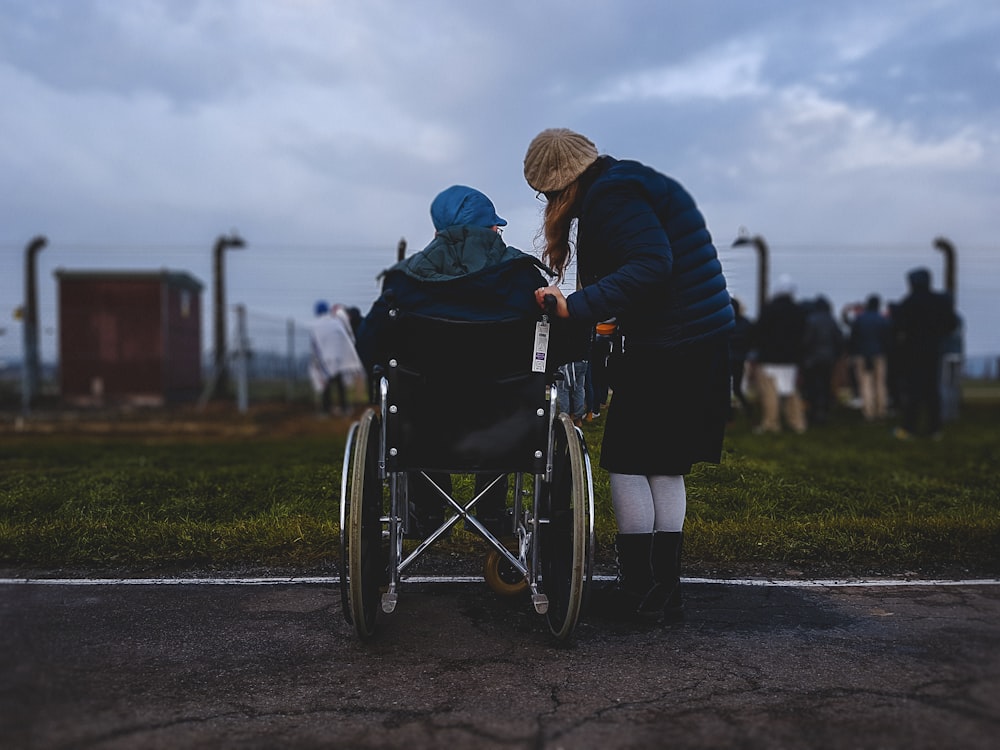As families with elderly relatives know, providing proper home care for those reaching their golden years can bring its share of challenges. Whether you’re the primary caregiver or are assisting long-distance, it’s a team effort to ensure that your loved one can still enjoy quality of life while remaining safe and comfortable in their own home.
In this blog post, we’ll discuss some common difficulties faced by caregivers as well as provide helpful tips and resources to help make the responsibilities easier. Read on to learn more about what it takes beyond physical assistance — like companionship and medical attention — when caring for seniors at home.
Understanding the Unique Needs of Aging Adults
As we or our loved ones grow older, it’s natural to face a new set of challenges. Aging brings with it unique needs that require special attention, particularly in the realm of home care. Physical limitations, cognitive decline, and mental health issues are all factors that must be taken into account. One of the keys to providing effective care is understanding these needs and recognizing that they require a different approach than what may have been necessary in the past.
Whether it’s finding ways to adapt to the home environment or providing personalized support, it’s crucial to develop a comprehensive plan that takes into account the unique needs of aging adults. By doing so, we can help ensure that our loved ones feel comfortable, safe, and cared for as they navigate the aging process. With customized elderly care, we can also help them maintain their independence and dignity for as long as possible. Also, keep in mind that the needs of aging adults can change over time, so it’s essential to regularly reassess and adjust the care plan accordingly.
Dealing With Limited Mobility
One of the most common challenges faced by seniors is limited mobility. As we age, our bodies become less flexible and more prone to injuries, making it harder to perform everyday tasks like getting dressed or cooking a meal. Limited mobility can also increase the risk of falls and accidents, which can result in serious injuries for older individuals.
To address this challenge, caregivers can consider making modifications to the home environment, such as installing grab bars in the bathroom or removing trip hazards. Daily stretching exercises can also help seniors maintain their flexibility and prevent muscle stiffness. Additionally, investing in mobility aids like walkers or canes can provide extra support for seniors when moving around.
Not to mention, it’s important to encourage seniors to stay physically active and engage in low-impact exercises like walking, swimming, or yoga. This can not only help improve mobility but also enhance overall health and well-being.
Managing Multiple Medications
Another common challenge in-home care for seniors is managing multiple medications. As we age, it’s common to develop various health conditions that require different medications to manage them effectively. Keeping track of all these medications and ensuring that they are taken correctly can be a daunting task, especially for those with memory or cognitive issues.
To help with this issue, caregivers can work with healthcare professionals to develop a medication management system that works for seniors. This can involve using pill organizers, setting up reminders or alarms, and keeping an updated list of medications and dosages. Caregivers can also assist with refilling prescriptions and attending doctor’s appointments to ensure proper communication between all parties involved.
Improving Home Safety
Last but certainly not least, safety is a top concern for seniors living at home. As we age, our senses and reflexes may not be as sharp as they used to be, increasing the risk of accidents and injuries. This can also be compounded by other factors like limited mobility or cognitive decline.
To help improve home safety, caregivers can conduct regular safety checks and make necessary modifications, such as installing handrails or improving lighting. It’s also crucial to address potential hazards like loose rugs or cluttered areas that can increase the risk of falls.
In addition, technology can be a useful tool in enhancing home safety for seniors. From medical alert systems to smart home devices, there are various options available to help monitor and respond to emergencies quickly.
Caring for elderly individuals at home presents a variety of unique challenges, but with understanding, thoughtfulness, and practical solutions, these difficulties can be effectively managed. It’s essential to adapt the home environment to meet the evolving needs of aging adults and ensure their safety and comfort.
By managing multiple medications properly, addressing mobility concerns, and enhancing home safety, we can provide our loved ones with the quality of life they deserve in their golden years. Remember, it’s not just about providing physical aid; it’s about creating an environment of care, love, and respect for seniors as they navigate their journey of aging.
Published by HOLR Magazine.




